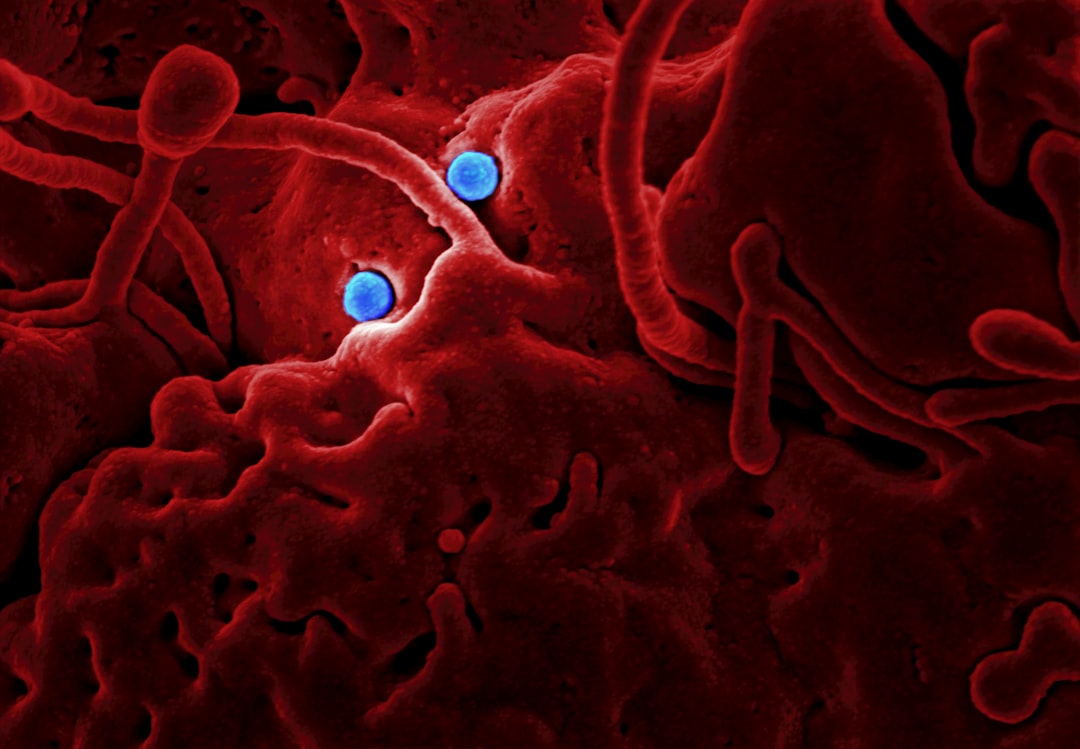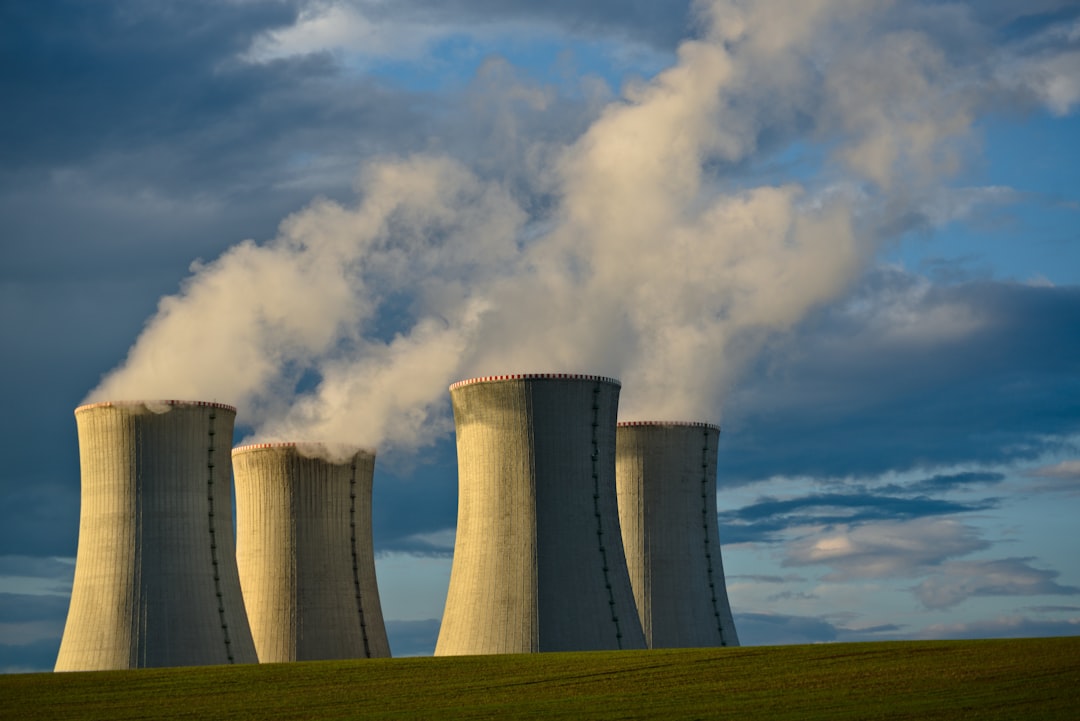What is it about?
Metal-organic frameworks (MOFs) consist of metal ions and organic linkers in a scaffolding-like arrangement. They are heavily researched for their porosity, and ability to soak up small molecules---like a sponge---which leads to applications within catalysis or for the removal of harmful chemicals. But these so-called 'guest' molecules can also change the properties of the its host MOF. This is particularly true for the mechanical properties, i.e. the expanding or shrinking of a materials as a result of changes in temperature or pressure. In this work, we studied the thermal expansion of the MOF PCN-222 with varying amount of guest molecules. How much the MOF expands when temperature is changed depends strongly on the number and possibly also the location of the guests within the pores. We believe that if the guests move from one position to another in the MOF, this can make the MOF contract rather than expand as temperature is changed. Such counterintuitive negative thermal expansion is generally rare, but is fundamentally very interesting.
Featured Image

Photo by Aaron Burden on Unsplash
Why is it important?
In order to use metal-organic frameworks for applications, it is important to know how they behave as conditions (such as temperature or the amount of guest molecules in the pore) are varied. Moreover, the link between thermal expansion and pore content shows that the flexibility of the MOF is affected by how many guest molecules that are present, and also where they are located!
Perspectives
For me, this research study was very interesting, as it truly shows how extremely flexible and also how complicated MOFs are. When evaluating a given property, it is not enough to consider the MOF itself, but you must also take the guests and their arrangement into account. The problem is that this can often be quite tricky to work out!
Hanna Boström
Read the Original
This page is a summary of: Guest-responsive thermal expansion in the Zr–porphyrin metal–organic framework PCN-222, APL Materials, July 2022, American Institute of Physics,
DOI: 10.1063/5.0091091.
You can read the full text:
Contributors
The following have contributed to this page










